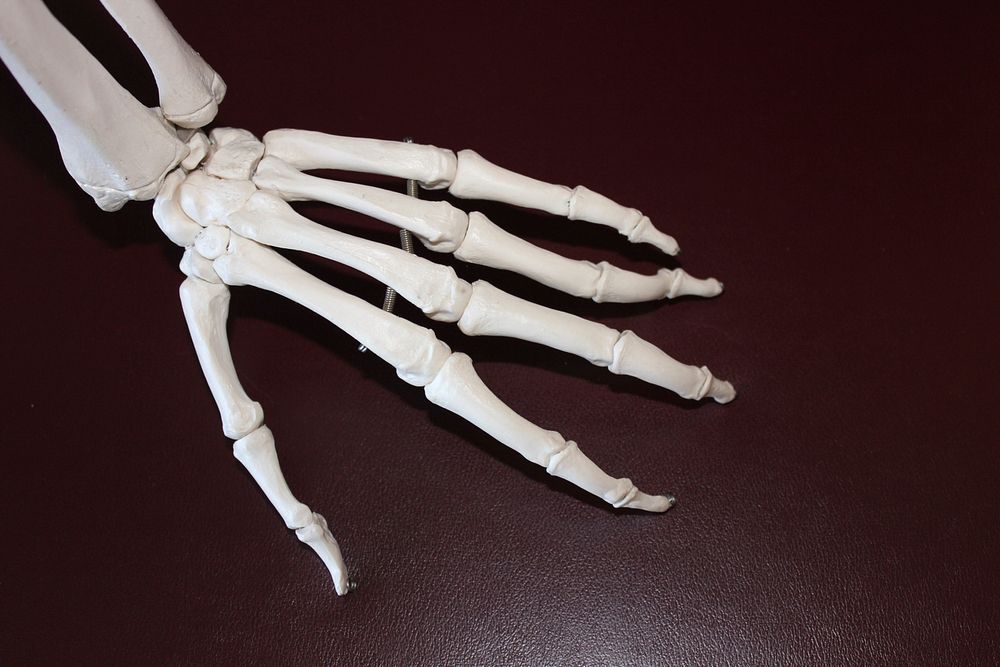
Introduction:
The human hand, a complex marvel of nature, serves as a medium for both physical actions and symbolic expressions. Yet, there is one type of this quintessential appendage that has captured the imagination of many people throughout history – the skeleton hand. From its role in anatomy to its prominence in art, literature, and cultural symbolism, the skeleton hand holds a unique allure. In this blog post, we explore the complexities of the skeleton hand, its anatomy, symbolism, and enduring cultural significance.
Anatomy of a skeleton hand:
At its core, the skeletal hand mirrors the structure of the human hand, albeit stripped of its flesh and presented at its best. Composed of 27 separate bones, including the carpals, metacarpals, and phalanges, the skeletal hand reflects the remarkable complexity of the human skeletal system. Each bone plays an important role in facilitating complex hand movements, from grasping objects to gesturing with precision.
Artistic Representation:
The skeleton hand has long been a staple in artistic depictions, particularly in the fields of macabre art and Gothic aesthetics. Artists throughout history have been drawn to its captivating beauty and symbolic potential. From medieval manuscripts adorned with bone hands to 20th-century Surrealist paintings, the skeleton hand has served as a powerful motif, evoking themes of mortality, transience, and the supernatural.
Symbolism and Cultural Significance:
In different cultures and time periods, the skeleton hand has been filled with diverse meanings and symbolism. In Western societies, it often symbolizes death and the impermanence of life, a reminder of the inevitability of mortality and decay. However, it also contains connotations of rebirth and regeneration, as seen in the iconic image of the Grim Reaper holding a sickle.
In various occult traditions, the skeleton hand holds greater mystical significance, representing esoteric knowledge, spiritual awakening, and the soul’s journey beyond the limitations of the physical body. In Mexican culture, the skeleton hand is celebrated during the Day of the Dead (Dia de los Muertos), where it symbolizes the continuation of life beyond death and respect for deceased loved ones.
Beyond its association with death and the supernatural, the skeleton hand has also been adopted as a symbol of rebellion and non-conformity. In countercultural movements such as punk and heavy metal, it serves as a symbol of defiance and individuality, challenging social norms and embracing darker aspects of human existence.
Conclusion:
The skeleton hand, with its complex anatomy and rich symbolism, continues to fascinate and intrigue people around the world. From its origins in medical illustration to its role in art, literature, and cultural iconography, it remains a powerful symbol of mortality, spirituality, and human creativity. Whether adorning the pages of ancient manuscripts or the walls of contemporary art galleries, the skeleton hand serves as a timeless reminder of the complex interrelationship between life and death, the visible and the invisible, the tangible and the ephemeral.